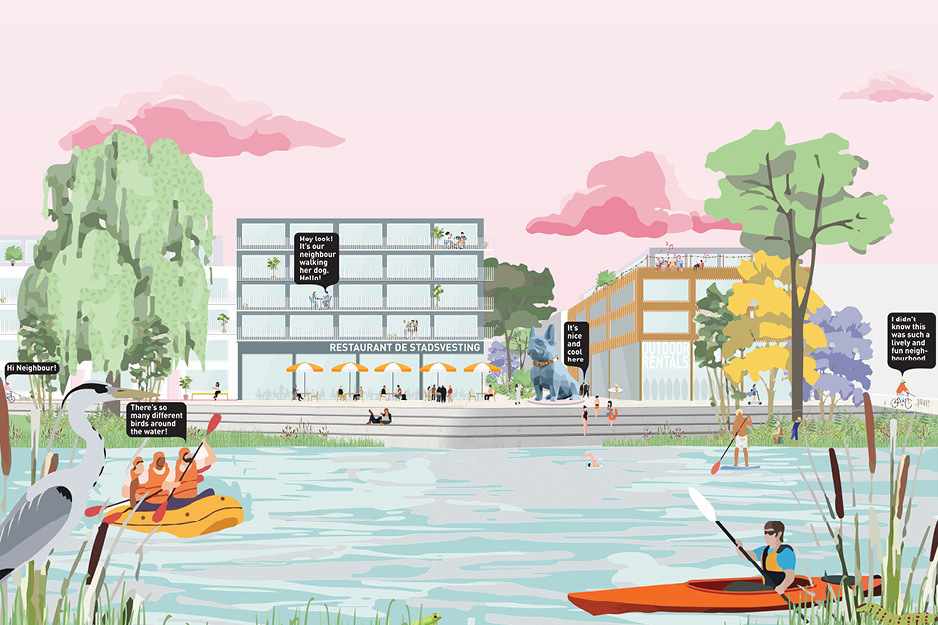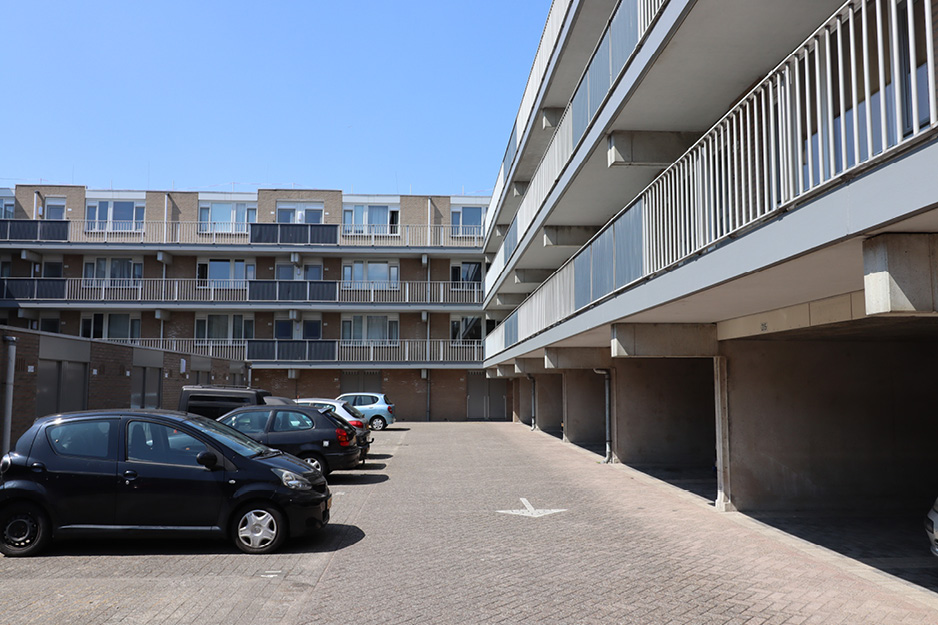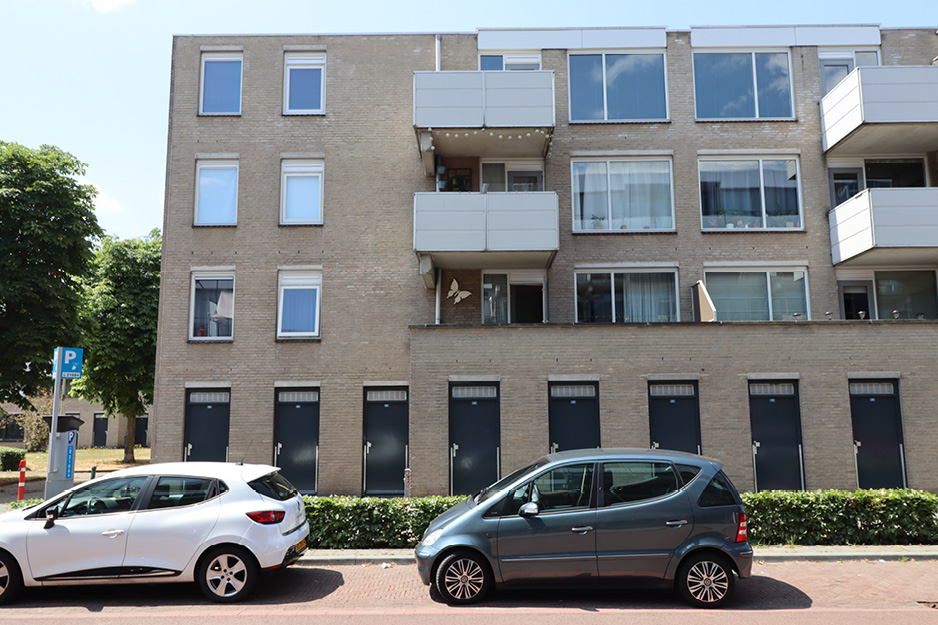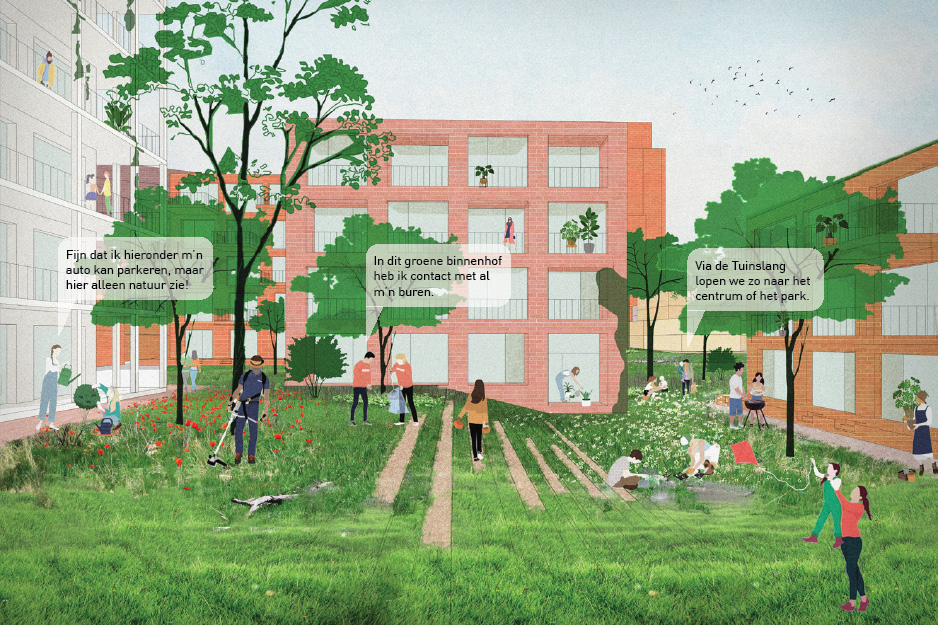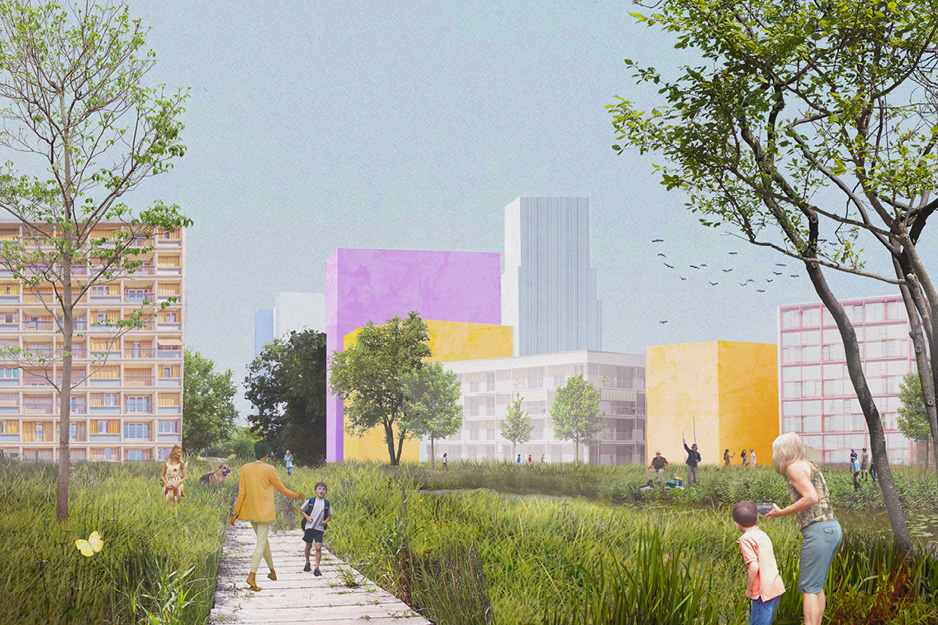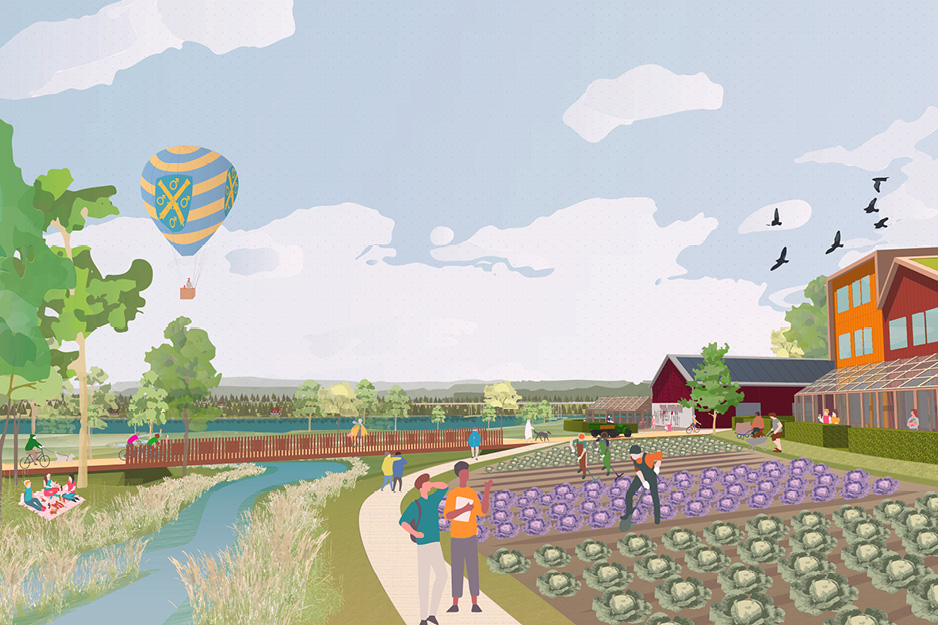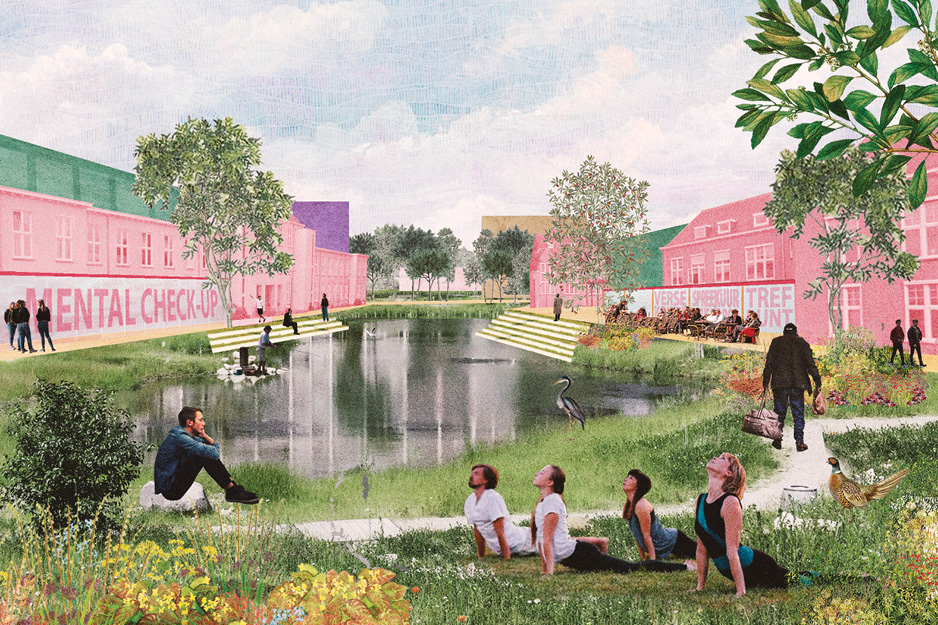Open up Schorsmolen!
Schorsmolen (NL) - Mentionné

DONNÉES DE L’ÉQUIPE
Associés: Corné Strootman (NL) – architecte paysagiste
corne@kollektief.net
kollektief.net
TEAM PORTRAIT
VIDEO (by the team)
INTERVIEW
Click on the images to enlarge
1. How do you define the main issue of your project in relation with the theme “Living Cities Imagining architecture taking care of the milieus”? And in which way do you think your project can contribute to an ecological and/or social evolution?
Open Up Schorsmolen ‘takes care’ of the site by maintaining and developing existing assets. Be it the material assets, as the many existing buildings providing rare affordable housing are kept and improved. Social assets, as the current meeting places of the neighbourhood are strengthened and tailored to the needs of the inhabitants. And biological assets, as natural stepping stones are added to the ecological corridor that runs along the neighbourhood. I am convinced that architecture as maintenance, repairing and improving our surroundings instead of radically transforming them to something new, is the only way to deal with today’s environmental and societal challenges.
2. How did the issues of your design and the questions raised by the site mutation meet?
A reading of Schorsmolen was the starting point of the project. The site did not ‘mutate’ the proposal, it was the foundation. The biggest surprise was the untapped potential of the site. Having worked with similar Dutch post-war neighbourhoods, I am used to be sparing with commercial programme as activator for public spaces, due to limited density and economic potential. Due to its location , the possibilities in Schorsmolen are much bigger. There’s really no reason not to ‘take care’ of this neighbourhood!
PROJECT:



As I mentioned, this was not my first time working with Dutch post-war neighbourhoods. My office of KOLLEKTIEF has conducted a number of studies and projects in the Rotterdam neighbourhood of Groot-IJsselmonde. This experience helped me analyse and understand Schorsmolen. Beyond that, the SLA project ‘Gellerup Nature Park’ was an inspiration on how to radically green a very paved neighbourhood in a socially and ecologically effective manner.
SITE:



In a densely inhabited neighbourhood, involving the locals is key. Their involvement leads to local ownership and strong social relations, creating a nicer place to live. Instead of cooperating in dull bureaucratic processes, collaboration should be celebrated. The project proposes events where locals help plant the waterfront park and parties that celebrate project milestones. Giving inhabitants the opportunity to shape, reflect on and criticise the developments.
REFERENCES:
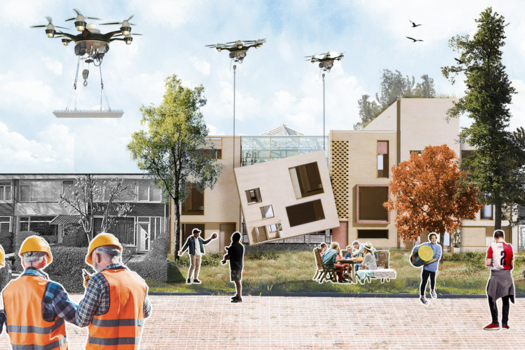


Having had some more free time over the summer than my KOLLEKTIEF associates, I took on this project on my own. As always, the focus was on combining urban design with landscape architecture, sidestepping the old architectural debate between making space for buildings or space for biodiversity, by densifying whilst simultaneously increasing ecological value.
TEAM IDENTITY
Legal status: Design collaborative
Team name: Rotterdam (NL) kollektief.net
Average age of the associates: 30 years old
Has your team, together or separately, already conceived or implemented some projects and/or won any competition? if so, which ones?
We have been runner-up (Semi-Urban IJsselmonde) and winner (Embrace Karlskoga) in Europan 15 and 16 respectively. KOLLEKTIEF currently works on a study examining the impact of the transition to sustainable mobility on the spatial quality of a post-war neighbourhood in Rotterdam and a framework for developing a campus with mental health facilities in Eindhoven.
WORKS:



